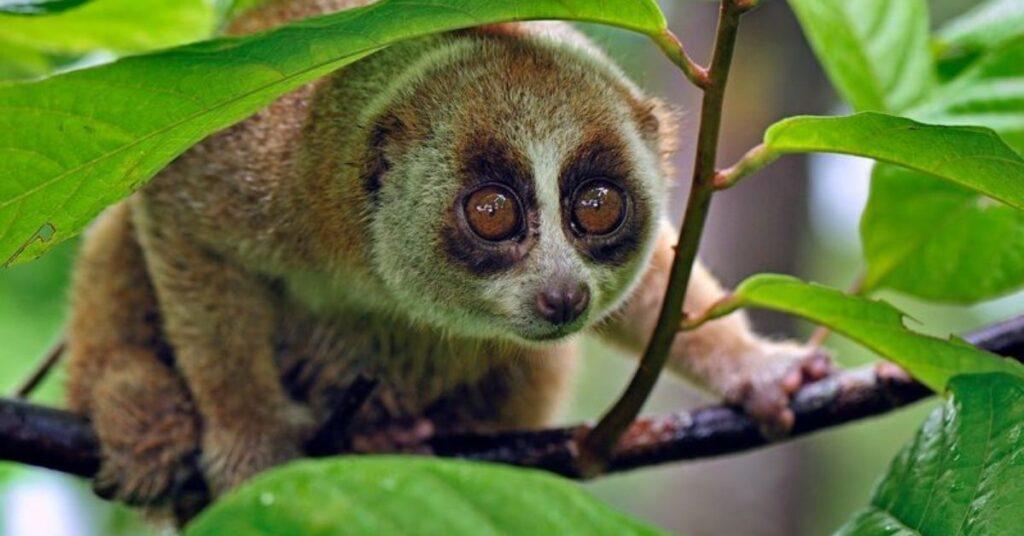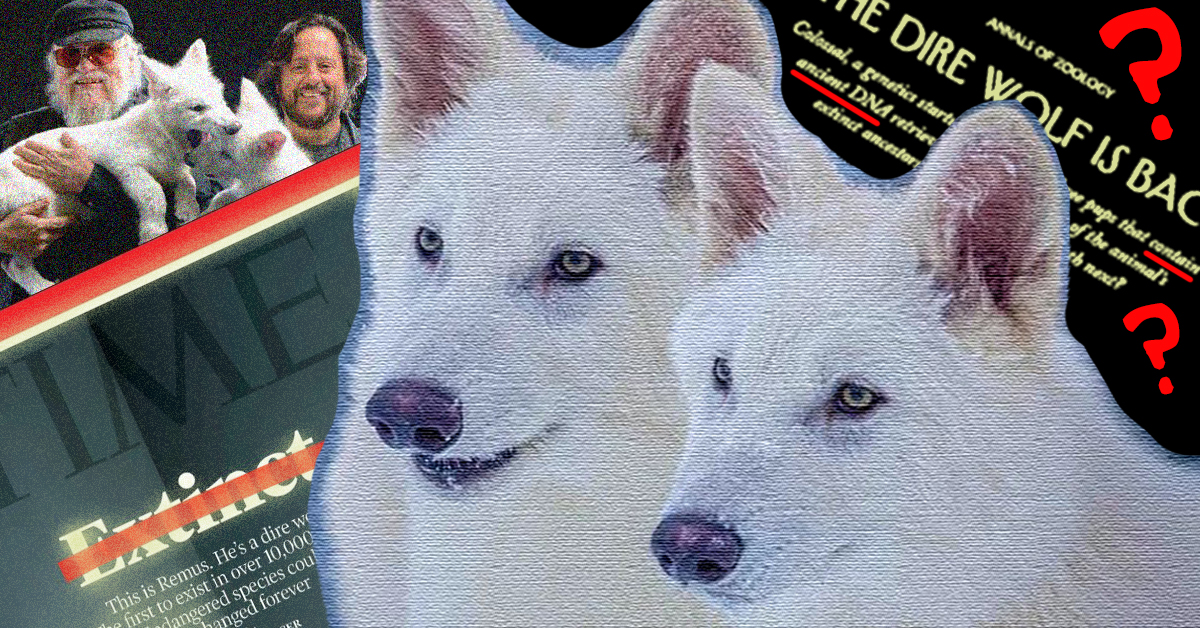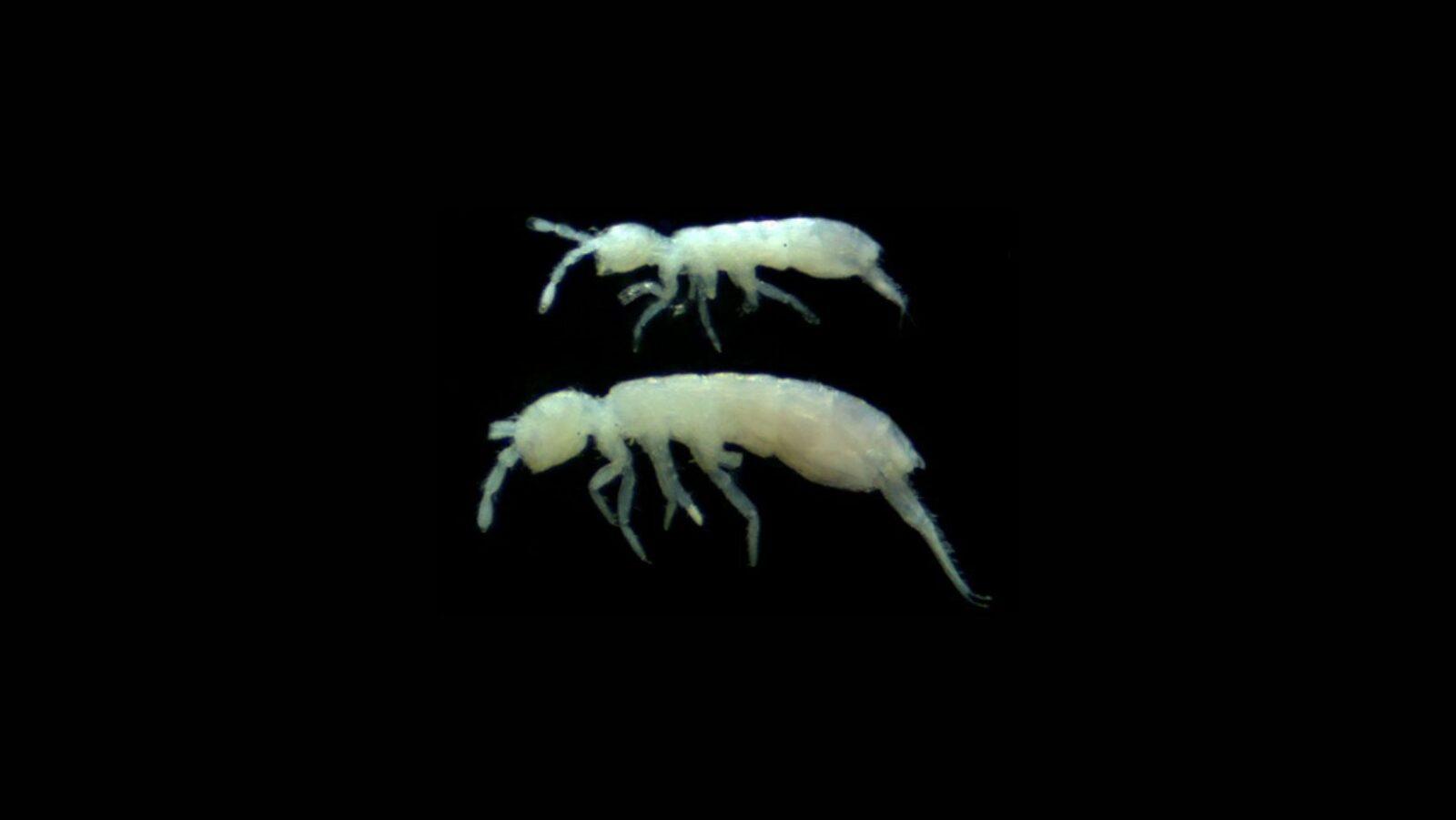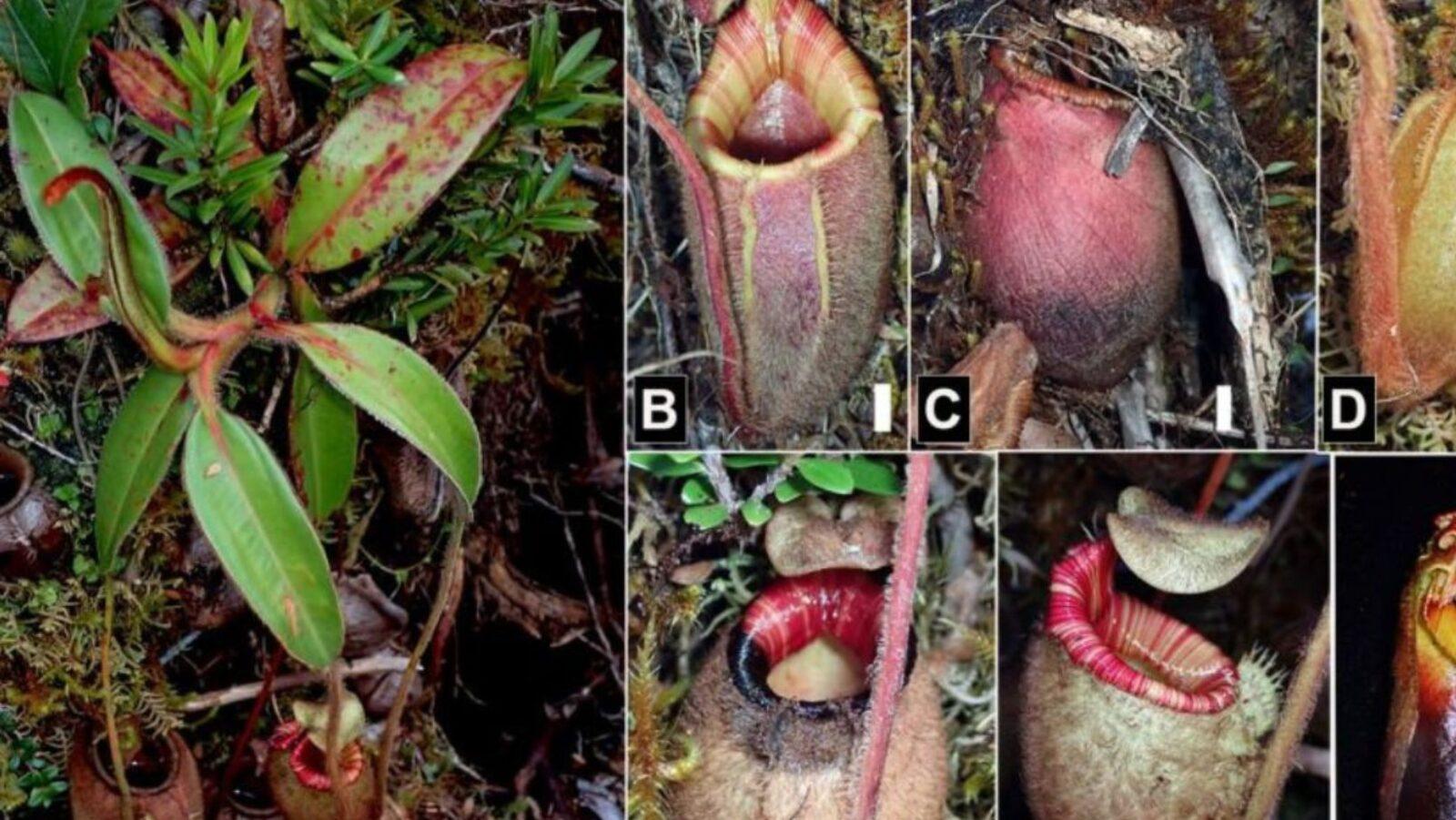
It’s nighttime, and you’re exploring a patch of forest in Sulu. Up ahead, you notice a peculiar creature: a big-eyed, round-headed fuzzball that looks like a three-way cross between a tarsier, a sloth, and a teddy bear. You approach the adorable little animal, and against your better judgment, you reach forward to pet it. You see it raising its chubby arms, which you find absolutely cute… until you feel a sudden, sharp pain quickly making its way up your arm. Panicking, you struggle to get away from the hairy little horror, now firmly clamped on your hand. Fortunately and with much effort, you succeed. Time to run off and seek medical attention, pronto—you’ve just been bitten by the only primate in the world that can actually kill you with envenomed chompers.
The slow loris (genus Nycticebus) has one of the strangest methods of delivering venom in the animal kingdom: It licks a gland located along its inner arm, which secretes toxins that mix with its saliva to envenom its sharp teeth.
The bite of the slow loris puts its victim into anaphylaxis, which causes swelling of the face and throat, extreme itching, and even cardiac arrest. (Pretty impressive for a small animal named after the Dutch word for “clown,” don’t you think?)
Currently, there are fewer than ten recognized species of slow loris, all of which are found in South and Southeast Asia. One of them is the Philippine slow loris (𝘕𝘺𝘤𝘵𝘪𝘤𝘦𝘣𝘶𝘴 𝘮𝘦𝘯𝘢𝘨𝘦𝘯𝘴𝘪𝘴), which lives in the forests of Sulu and Borneo.
Unfortunately, the slow loris is endangered due to a number of factors: deforestation, their appeal as exotic pets (the poachers remove the poor animals’ teeth), and their perceived value in… you guessed it, traditional Asian medicine.
Today’s Science History Milestone: On December 21, 1937, Disney released 𝘚𝘯𝘰𝘸 𝘞𝘩𝘪𝘵𝘦 𝘢𝘯𝘥 𝘵𝘩𝘦 𝘚𝘦𝘷𝘦𝘯 𝘋𝘸𝘢𝘳𝘧𝘴, recognized by Hollywood (and promoted by the company itself) as the first full-length cel animated feature in film history.
Still remember your 5th-grade science classes? Test your knowledge and see if you still remember these facts and fundamental concepts in human anatomy, biology, botany, and other branches of science. Click here to try the “Are You Smarter Than A Pinoy Fifth-Grader” Challenge.
Follow the hashtag #FlipFacts on Facebook and Instagram to get your regular dose of science trivia!
References:
- https://www.brookes.ac.uk/microsites/the-slow-loris/slow-loris-facts/
- https://www.nationalgeographic.com/news/2012/12/venomous-primate-discovered-in-borneo/
- https://www.smithsonianmag.com/smart-news/only-primate-toxic-bite-might-have-evolved-mimic-cobras-180952926/
- https://www.popsci.com/article/science/venomous-slow-loris-may-have-evolved-mimic-cobras/
- https://www.ippl.org/gibbon/blog/poisonous-primates/
Author: Mikael Angelo Francisco
Bitten by the science writing bug, Mikael has years of writing and editorial experience under his belt. As the editor-in-chief of FlipScience, Mikael has sworn to help make science more fun and interesting for geeky readers and casual audiences alike.









